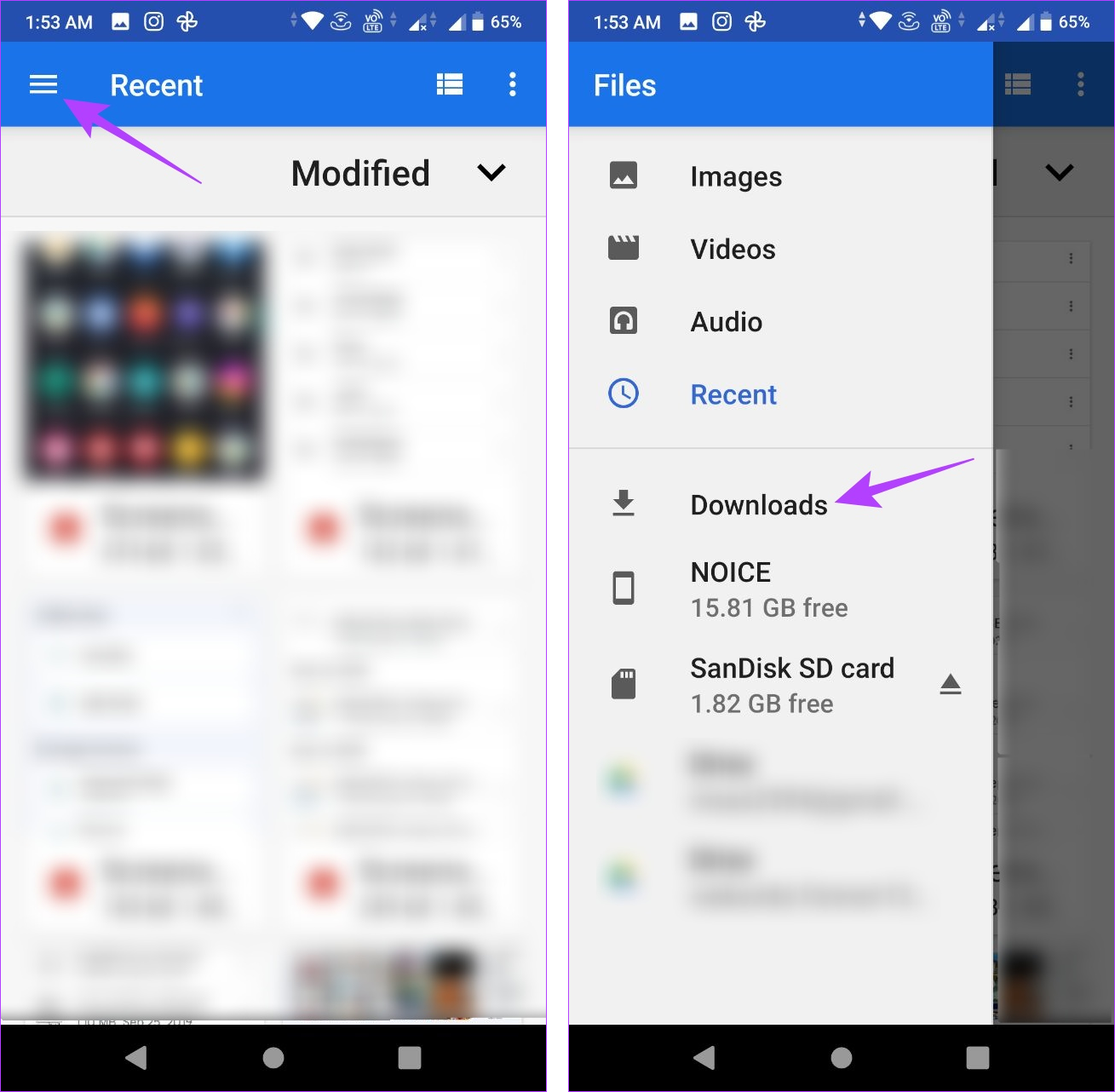Downloading and install documents on your Android device is straightforward, however locating them can be a headache. Before you understand it, images, videos, screenshots, and other data clutter your phone. You require to recognize where those downloads went to ensure that you can erase unneeded records that are taking up area on your phone.

This overview shows you how to find an vital documents that disappeared and exactly how to organize your Downloads folder. Right here's exactly how to discover downloads on your gadget, whether you use one of the very best Google Pixel phones or one more Android smart device.
Find your downloads with the default documents manager
Every phone maker might offer a one-of-a-kind pre-installed Android application for organizing data, yet your usage must be equivalent. If you have a Samsung tool, you can consult our overview on situating downloads on your Samsung Galaxy phone.
Comparable to operating systems like Windows, macOS, and iphone, Android has a Downloads folder for your data. Do the following to locate the downloads on your device:
1. Open up the Files or My Documents app from the home screen or application drawer.
2. Look for a area called Downloads.
3. Touch it to see the documents you downloaded.
Make use of the Files by Google application for your downloads
If you're looking for a easy and effective means to situate your downloaded files on your Android tool, take into consideration using Data by Google from the Google Play Store. This app sticks out as a leading selection for its straightforward user interface and capability, making it an excellent alternative to any preinstalled file manager app on your tool.
4. Open up get more info the Documents application.
5. Select the Browse tab near the bottom.
6. Faucet Downloads.
7. Select the Download tab to see the files because folder.
Find your downloads manually
If you're unable to situate the Downloads folder on the primary page of your documents manager application, attempt accessing your phone's internal storage space rather. Here's a detailed overview on exactly how to do it:
1. Open the Files application.
2. Select the Browse tab at the bottom.
3. Scroll down and go to Interior storage.
4. Tap the Download and install folder.
Move your downloads to an additional place
Transferring files out of the for different reasons, specifically for files that hold delicate or individual data. Positioning such files in their assigned folder enhances their security and minimizes the threat of unintentional removal. Moreover, it assists avoid them from being lost among the multitude of unrelated files you may download.
1. Open the Files app.
2. Navigate to your Download folder.
3. Tap the three-dot menu to the right of any file.
4. Choose the Move to option.
5. Tap Internal storage at the bottom.
6. Select any location or folder.
7. Tap Move here to transfer the file to that location.
Additionally, you can utilize the Copy to feature and transfer these files to a different location. This enables you to create numerous copies without deleting the original files from your Download folder.
View the exact location of your downloadsM/b >
At times, you might need to locate the Download folder click on the three-dot menu beside a downloaded file and select File info. For many up-to-date Android devices, the default path for downloads is/ storage/emulated/0/ Download. Although certain third-party web browsers could save files elsewhere, this is typically the primary download location.
Managing your downloads is easier than you think
The Files app by Google is an excellent choice for those who appreciate a straightforward file management solution. With its user-friendly interface and simple features, this app effectively categorizes your files into different types such as downloads, images, videos, and audio. Additionally, it provides the option to remove unnecessary files.
When it comes to organizing and cleaning, you can create extra storage room by mastering the removal of unnecessary WhatsApp media files. On select Android devices, you have the option to add an SD card if storage space remains limited.